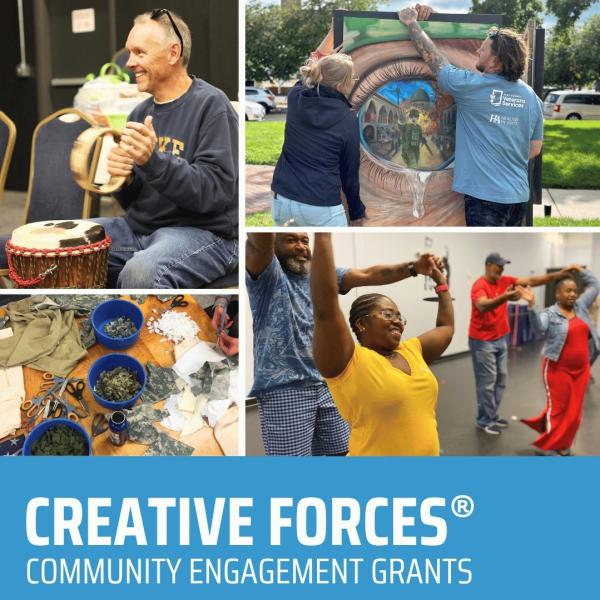National Endowment for the Arts Statement on the Death of NEA Jazz Master Roy Haynes

Photo by Vance Jacobs
It is with great sadness that the National Endowment for the Arts acknowledges the passing of drummer Roy Haynes, recipient of a 1995 NEA Jazz Master fellowship. Haynes played the drums from the bebop days of the 1940s through the next seven decades of his career with the same restless energy.
“I don't analyze things. I don't try to,” he said in a 2014 interview with the NEA. “A lot of the things that happen I just keep on keeping on and don't try to figure them out. That's what I do on the bandstand, too, a lot of times.... Even if I have somebody new in my band, I don't sit down and tell them what I expect them to do, what I would like them to do.... We don't talk about it much, and it works.”
He remained fresh in his outlook and in his thirst for collaborating with younger artists and those who play in challenging styles, as is shown in his work with such disparate artists as Roland Kirk, Danilo Pérez, and Pat Metheny. He was also a favorite sideman for a number of artists because of his crisply distinctive drumming style. Thelonious Monk once described Haynes' drumming as "an eight ball right in the side pocket."
Haynes became interested in music through his father, a church organist. In his earliest professional playing years in the mid-1940s, he worked in Boston with Sabby Lewis, Frankie Newton, and Pete Brown. In 1945, he joined the Luis Russell band, remaining until 1947, whereupon he joined Lester Young's band. In the late 1940s to mid-1950s, he worked with such greats as Miles Davis, Charlie Parker, Bud Powell, and Kai Winding. He later played in Monk's band at the Five Spot Cafe before forming his own band in 1958.
Some of his most noted work in the early 1960s came when he subbed for Elvin Jones in the John Coltrane Quartet, both on gigs and on records. His drumming style was a marked change for Coltrane from Elvin Jones' approach—lighter, less aggressive—and it gave the quartet a different sound. Among his other affiliations during the late 1950s to early 1960s were George Shearing, Kenny Burrell, Lennie Tristano, and Stan Getz. In addition, his style of drumming was an ideal accompaniment to singers, accenting the vocals without overpowering them, and he worked with Sarah Vaughan, and Lambert, Hendricks & Ross.
He later joined vibist Gary Burton, who had been a member of Getz's band. After Burton's band, which was one of the precursors of the jazz-rock movement, Haynes formed the Hip Ensemble, featuring such musicians as George Adams, and Hannibal Marvin Peterson. The band had a decidedly contemporary flavor, often employing various guitarists. He also has enjoyed an occasional playing relationship with Chick Corea, dating back to their Stan Getz days. He joined Corea's Trio Music band in 1981. Haynes received the prestigious Danish award, the Jazzpar Prize, in 1994.
While periodically leading his own bands, he also worked with artists such as Billy Taylor, Hank Jones, and Ted Curson, and as an innovative drummer in a variety of settings. His bands included some of the more exceptional young musicians on the scene, ranging from his Hip Ensemble to his various quartets. His impressive legacy and distinctive sound continue to influence the next generation of drummers.
Visit arts.gov for more information on Haynes, including a podcast with fellow NEA Jazz Master Gerald Wilson.
Contact
NEA Public Affairs, publicaffairs@arts.gov




